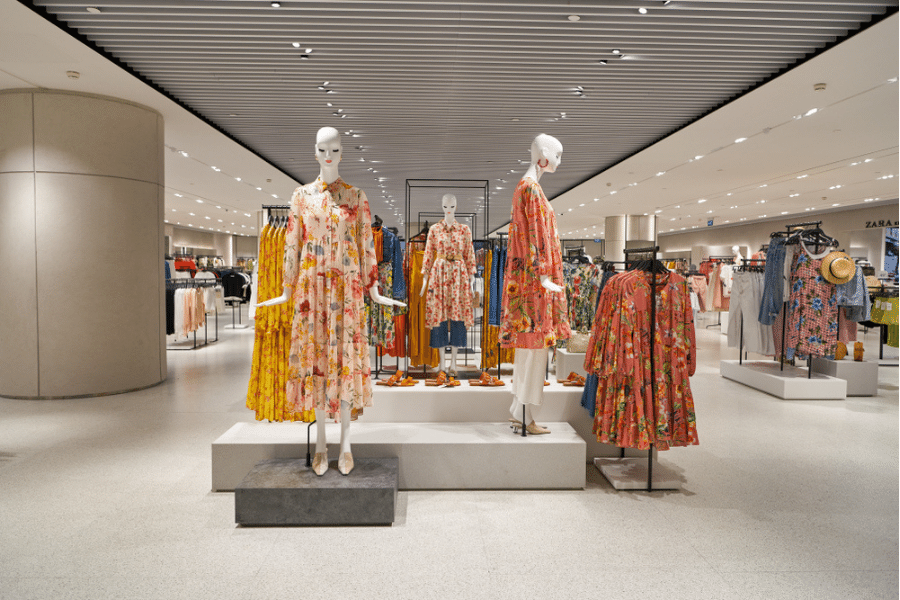Zara and Its Fast Fashion
Fast fashion is not something new these days and Zara is one brand in charge for that.
Founded by Amancia Ortega, Zara owns and operates more than 2,200 retail stores across the world with its distribution capacity that allows delivery within 24 hours in the European market and less than 48 hours in Asian and American markets. The fashion retailer is known to produce around 450 millions items a year.
Fast fashion is always about quick, quick, and mass. The term fast fashion itself is defined as a concept of having the quick phase at which retailers are trying to capture the current trend and bring those pieces to retail stores. In other words, the concept describes about moving trends from catwalk to high street. Here, most retailers would copy designs from fashion shows and produce it in a large scale production, then distribute mass products as quickly as possible. Sometimes, we could also call it as instant fashion, it’s like a super short version of the normal fashion supply chain.

Zara was founded with the principle of fast fashion. At that time, it was the first brand selling low priced items with similar items to the high-end retailers. Since then Zara always respond to new fashion trends by designing, manufacturing, and distributing those trends as quickly as possible to each of their stores.
Unlike other fast fashion brands like Nike and H&M that outsource their productions to manufacturers in developing countries, Zara mostly does everything themselves in-house. From fabric printing, pattern cutting, to sewing, Zara has its own manufacture facilities. Although for some low cost basic items, they outsource it to Asia’s manufacturers. By doing this, it allows Zara to stay close to the coordination of design and production that obviously would allow the brand to stay offering fashion in a relatively quick lead times.
By doing mostly in-house, Zara has an extensive control over the whole production stages, from material sourcing, product development, marketing, to shipment. Doing this enables the company to maximise the feasibility and efficiency of production that at same time would still let the company stay close to the happening trend in the market and in the catwalks. This strategy becomes another notable strategy that Zara has which also happens to be in line with its original principle – fast fashion ensuring products are available at soon as possible to all stores.
Bottom line, the brand’s speed and responsiveness to fashion trends are key to Zara’s competitive advantage, letting the consumers to stay on top of the hottest trends in every season.
